ITCNA1 Chapter 13.docx
CompTIA A+ Core 2 Exam 220-1102

Copyright © 2022 CompTIA, Inc. All Rights Reserved. | CompTIA.org
1


Lesson 13

Installing and Troubleshooting Operating Systems
Objectives
Perform OS installations and upgrades
Install and configure applications
Troubleshoot Windows OS problems
2

Copyright © 2022 CompTIA, Inc. All Rights Reserved. | CompTIA.org
3

Lesson 13
Topic 13A
Perform OS Installations and Upgrades
Installation and Upgrade Considerations
Attended installations
Clean install versus in-place upgrade
Upgrade considerations
Hardware compatibility
Application and driver support/backward compatibility
Backup files and user preferences
Obtain third-party drivers
Feature updates
Answer file
Unattended Installations
Image deployment
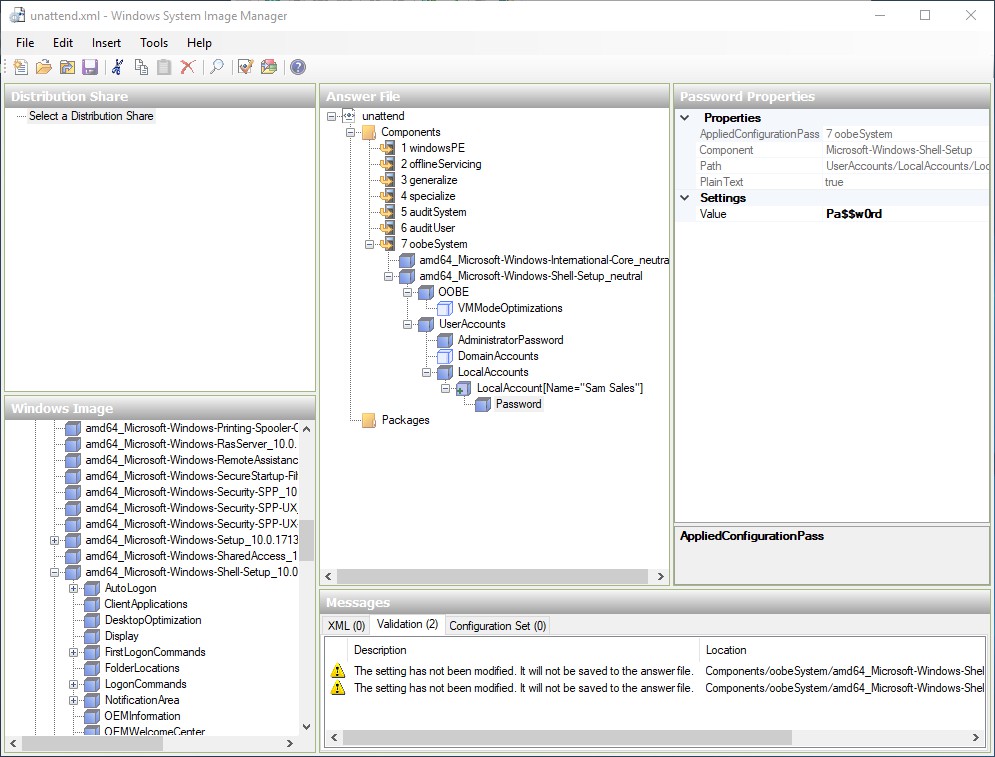
Screenshot courtesy of Microsoft
Boot Methods
Boot device priority
Optical media
USB/external
Solid-state/flash drives
Network
Preboot eXecution Environment (PXE)
Dynamic Host Configuration Protocol (DHCP) server
Remote installation server
Internet-based
Internal hard drive (partition)
Disk Configuration
Partitioning style
Master boot record (MBR)
Primary versus extended partitions
Active partition
Globally unique identifier (GUID) partition table (GPT)
Drive format
File system choices
Repair Installation
Recovery partition
OEM factory reset
Boot from internal recovery partition
Reset Windows
Refresh versus complete reset
Review Activity: OS Installations and Upgrades
Installation and Upgrade Considerations
Unattended Installations
Boot Methods
Disk Configuration
Repair Installation
Lab Activity
Assisted Lab: Perform Windows 10 Installation
Complete Windows setup and configure an account password
Assisted Lab: Perform Ubuntu Linux Installation
Use a product disc to install Ubuntu Linux

Copyright © 2022 CompTIA, Inc. All Rights Reserved. | CompTIA.org
11

Lesson 13
Topic 13B
Install and Configure Applications
System Requirements for Applications
Central Processing Unit, system memory, and storage requirements
32-bit versus 64-bit dependent application requirements
Speed/cores
Features (hardware-assisted virtualization, Trusted Platform Module, …)
RAM requirements
Disk free space requirements
Dedicated graphics card requirements
Integrated CPU or chipset adapter versus dedicated add-in card
Video RAM requirements
External hardware token requirements
OS Requirements for Applications
Application to OS compatibility
Windows/macOS version
Linux distribution
32-bit versus 64-bit OS
Distribution Methods
Installers for desktop applications
Windows EXE and MSI installers
macOS DMG and PGK installers
Linux APT (DEB) and YUM (RPM) package managers and formats
Physical media versus downloadable
Source/integrity validation
ISO mountable
Screenshot courtesy of Microsoft
Other Considerations
Shadow IT and impact to business
Licensing/compliance
User training and education
Increased support requirements
Impact to operation
Deployment and support tools
Impact to device and network
Resource consumption/use of background services
Risks from faulty applications
Bandwidth usage
Review Activity: Install and Configure Applications
System Requirements for Applications
OS Requirements for Applications
Distribution Methods
Other Considerations
Lab Activity
Assisted Lab: Install and Configure an Application
Install an office productivity suite with custom options

Copyright © 2022 CompTIA, Inc. All Rights Reserved. | CompTIA.org
18

Lesson 13
Topic 13C
Troubleshoot Windows OS Problems
Boot Process
Firmware-controlled
Power on self test (POST
Boot device priority
Boot manager
Boot Configuration Database (BCD)
Legacy BIOS/MBR versus EFI/GPT
Windows load
Kernel and drivers
Services and winlogon
Boot Recovery Tools (Slide 1 of 2)
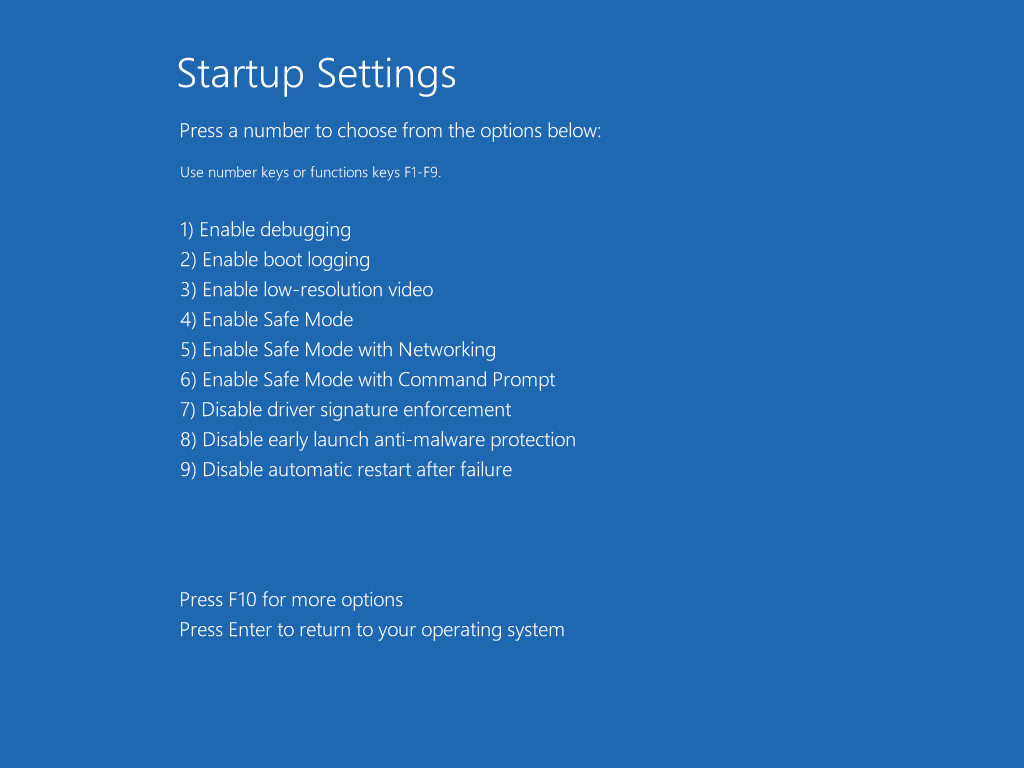
Screenshot courtesy of Microsoft
Advanced boot options
F8 from BIOS boot
SHIFT-click Restart from power icon with UEFI boot
Safe Mode
Windows Recovery Environment (WinRE)
Boot Recovery Tools (Slide 2 of 2)
Creating recovery partition or startup disk
Startup repair
Options for reinstalling
WinRE command prompt
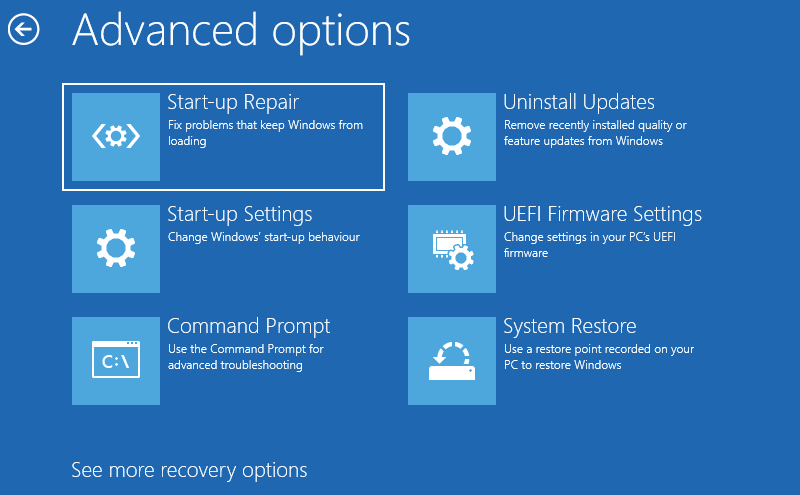
Screenshot courtesy of Microsoft
System Restore
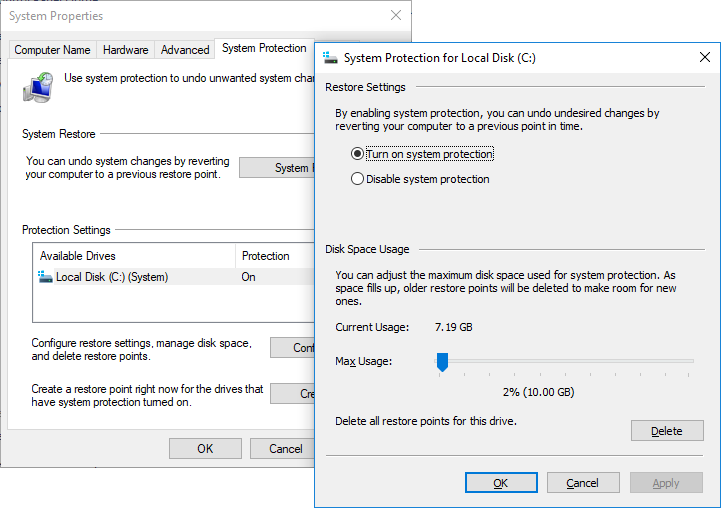
Screenshot courtesy of Microsoft
Configuring system protection
Using System Restore
Roll back Windows updates
Update and Driver Roll Back
Roll back driver version

Screenshot courtesy of Microsoft
System Repair, Reinstall, and Reimage
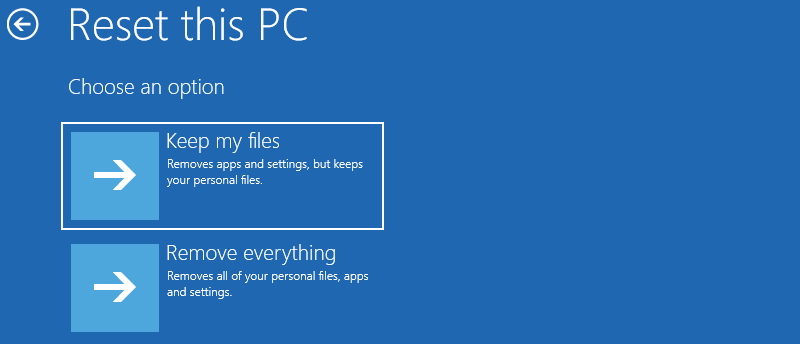
Screenshot courtesy of Microsoft
Recovery image
Creating a system image
System image recovery option
Reinstalling Windows
Reset this PC
Keep my files versus Remove everything
Troubleshoot Boot Issues
Failure to boot/invalid boot disk
Check physical connections and boot device priority
No OS found
Use Startup repair or WinRE command prompt
Graphical interface fails to load/black screen
Check boot options (msconfig)
Check for disk activity/completion of Windows updates
Run sfc to verify system files
Troubleshoot Profile Issues
Slow profile load
Pre-/post login
Verbose status messaging
Rebuild Windows profiles
Troubleshoot Performance Issues
Sluggish performance diagnosis
Task Manager/Resource/Performance Monitor
Reboot
Low memory or disk space
Common troubleshooting steps
Apply updates and defragment hard disk
Verify requirements and add resources
Disable startup items and unnecessary services
Check security issues and scanner performance
Test for power management issues
Troubleshoot System Fault Issues
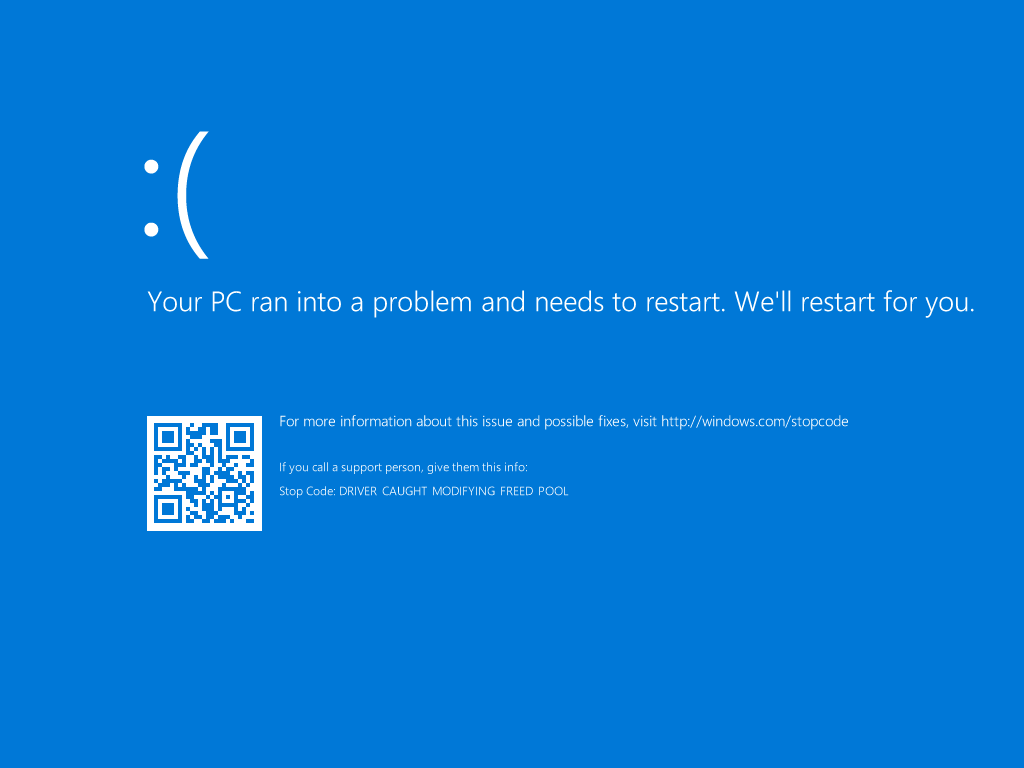
Screenshot courtesy of Microsoft
Common symptoms
Frequent shutdowns/system instability
Blue screen of death (BSOD)
Troubleshooting steps
System restore or update/driver rollback
Hardware diagnostics, Windows memory diagnostics and sfc
Research error
USB issues
Power and selective suspend faults
USB controller resource warnings
Troubleshoot Application and Service Fault Issues
Applications crashing
Recover files and unsaved data
Research event logs
Uninstall/reinstall/update applications
Services not starting
Restart services
Check dependencies and permissions
Time drift
Failure of authentication, backup, and other date/time sensitive services
Synchronize to consistent time source
Review Activity: Windows OS Problems
Boot Process
Boot Recovery Tools and System Restore
Update and Driver Roll Back
System Repair, Reinstall, and Reimage
Troubleshoot Boot and Profile Issues
Troubleshoot System Fault Issues
Troubleshoot Application and Service Fault Issues
Lab Activity
Assisted Lab: Troubleshoot Systems and Services
Troubleshoot issues with a pair of Windows computers
Assisted Lab: Troubleshoot a Windows OS Issue
Troubleshoot an issue with a Windows computer that will not boot
CompTIA A+ Core 2 Exam 220-1102

Copyright © 2022 CompTIA, Inc. All Rights Reserved. | CompTIA.org
32

Lesson 13
Summary